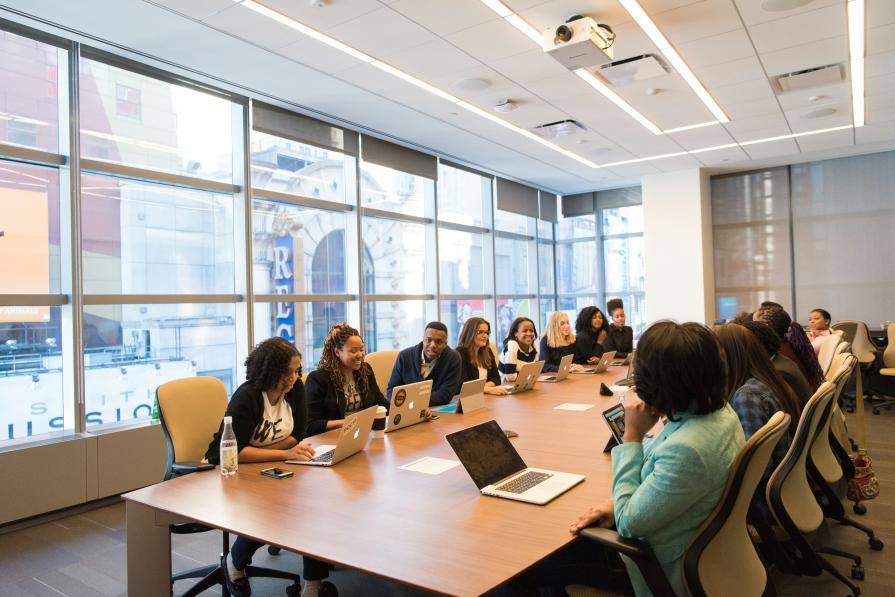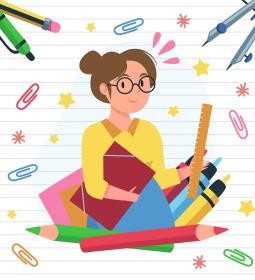Today, women in many countries of the world can freely receive education in institutes and universities, but this opportunity appeared only in the twentieth century. And what was it like before?
Antiquity
In this era, the issue of women's education was not a priority, in ancient Greece, most girls from wealthy families received only lessons at home. Schooling was primarily intended for boys, as men were considered full citizens and had the right to vote, unlike women.
Preparing the girls for future family life included learning to dance, sing, cook, weave, spin and sew. The only exceptions were hetaerae, who often received a broader education — society expected them to be able to hold conversations on various topics (such a forerunner of Japanese geisha).

Ancient Rome
In ancient Rome, the process of education for children was different from that of the Greeks: children from well-to-do families received education at home, but their peers from humble families went to school. Most of the children of Rome had access to education, such as reading, writing, and arithmetic, boys could study other sciences if they wished, and for girls, education was limited to basic knowledge. Women from less affluent families often took practical professions to support themselves: they could work, for example, as doctors.
The level of women's education in Roman society largely depended on the traditions of the family, the desire to emphasize their social status or to involve daughters in political life. Families that adhered to traditional values were cautious about their daughters' education to avoid their excessive independence.
Middle Ages
In the Middle Ages, views on women's education began to change. On the one hand, education for women remained optional: society believed that the main task of women was to take care of the home and children. Girls should not learn to read and write unless they plan to become nuns.
On the other hand, circumstances required certain knowledge from women: the wives of merchants could do business in the absence of their husbands, and the wives of artisans often ran workshops. To do this, they needed to be able to read, count, write and have a basic knowledge of the husband's profession. Widows could inherit property or lands from deceased lovers if they were from noble families, and the administration of this property also required a certain amount of knowledge.
Women's education of that era had unique features and developed despite its limitations. In the cities, girls often received primary education: reading and writing. If the family could afford further education for their daughter, they hired private teachers.
In noble and wealthy families, the education of girls depended on social status: the daughters of merchants were trained in household management, cooking, sewing and bookkeeping, and the daughters of aristocrats were given knowledge in the field of foreign languages, diplomacy, literature and politics.
Modern Times
By the 17th century, the need for women's education had become apparent, but disputes arose about its content and forms. There were differing opinions as to whether women should study the arts and sciences on an equal footing with men, or whether it was sufficient to limit themselves to basic skills for home management. Jan Amos Comenius argued that women should receive equal education with men, since the mother is the child's first teacher, so she should be well educated. European theologians, on the other hand, believed that women should learn reading, writing, needlework, music, the basics of mathematics and Latin: such education was supposed to prepare women for housekeeping, raising children, and developing moral qualities.
From the 17th century, the process of development of women's educational institutions began, but access to higher education for women remained limited, only a few girls could enter this stage of education.
Modern Times
By the 18th and 19th centuries, the number of women's educational institutions had increased significantly – these were already schools and colleges. From the second half of the 19th century, some universities began to allow women to attend lectures and study on an equal basis with men.
In the 20th century, women's access to secondary and higher education became wider, largely helped by socialist revolutions. However, in some universities in Europe and America, this process did not proceed so quickly.












